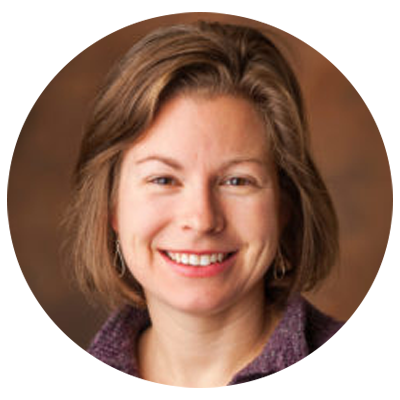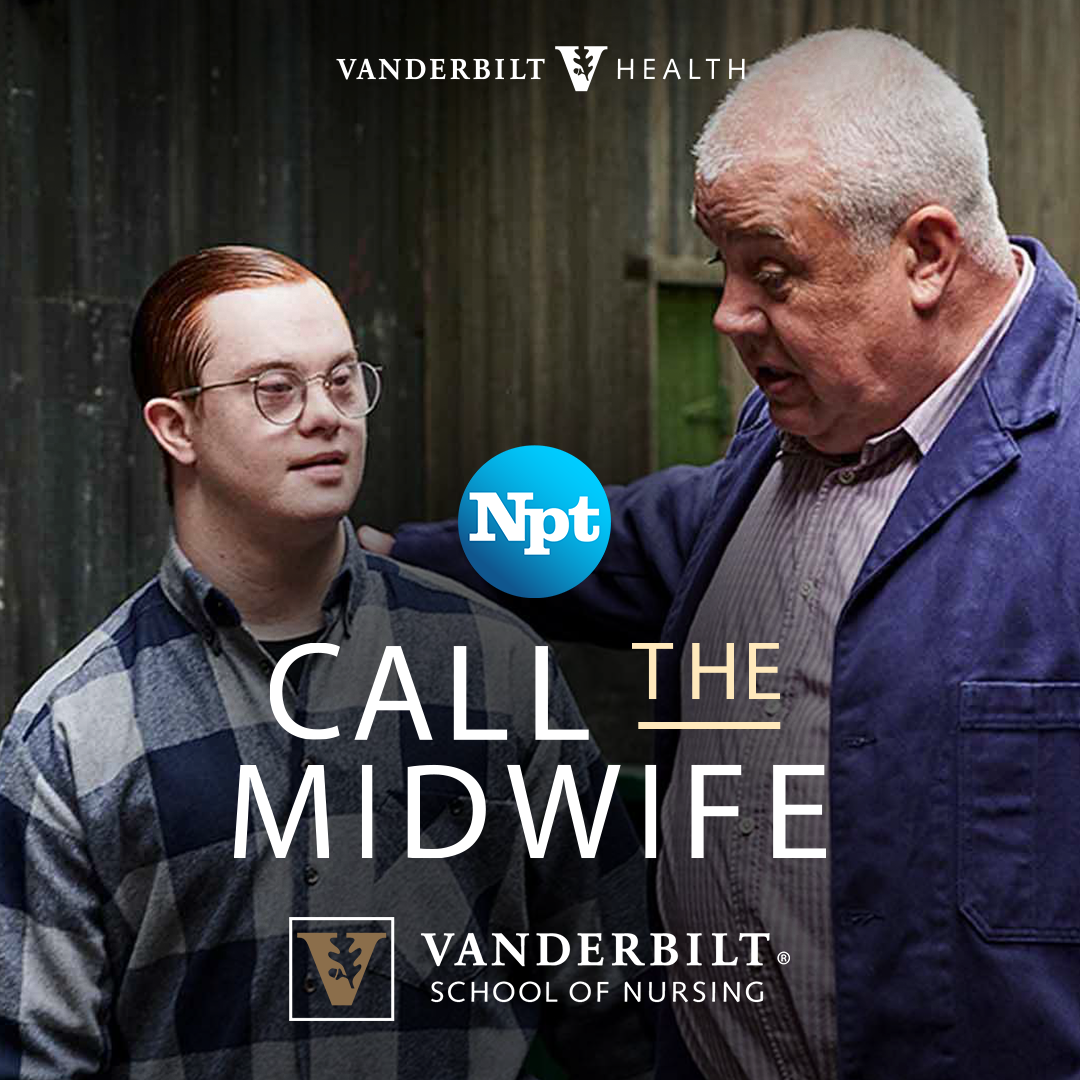
Call the Midwife is back for its ninth season and so are the faculty of the Vanderbilt University School of Nursing with a weekly guest blog. Watch the show Sundays at 7 p.m. through May 17, then read our blog each Monday morning for historical and contemporary context about the previous night’s episode. SPOILER ALERT: Some posts may contain plot details.
What a fun episode! I loved seeing four young men move into the convent, eat all the cold meat, take over the beds and bathrooms, break the beakers and generally disrupt the efficient, gracious teamwork that typically fills the lovely old mansion. And I loved following the story beyond that comic scenario to the transformations that occurred when the Nonnatus House midwives mentored these young doctors in caring for pregnant and birthing patients.
Rarely is my profession represented on TV or in movies. Certified nurse-midwives attend 9.1% of the births in the U.S., but on TV it’s usually a physician or a heroic bystander doing the job. To see midwifery practice paired with clinical teaching? That’s my day-to-day work, and I’ve never seen it portrayed on-screen. I’m lucky to work in an academic medical center where midwives teach all learners. Our own Vanderbilt School of Nursing faculty midwives guide graduate nurses through clinical rotations as they master midwifery practice.
Vanderbilt’s School of Medicine has an entire division of faculty CNMs, experienced clinicians who teach medical students and residents as they become obstetricians. We know that seasoned midwives teaching both midwives and physicians offer, in Sister Julienne’s words, “knowledge and understanding that goes far beyond the textbook and the lecture hall.” It’s a delight to see some fictional first steps toward our integrated, collaborative system of education: midwives sharing expertise in normal labor and birth with new providers in both medicine and midwifery.
It’s a pleasure to see midwives Valerie and Phyllis do exactly what I do: gently coach students toward improved communication skills, sub in my own gloved hands for theirs when a birth becomes complicated, praise proficiency and process mistakes. Mercifully, my work as a teacher never involves cohabitation or the “imperative punctuality” of a bathroom roster.
Watching this episode, however, is a bittersweet pleasure given the realities of spring 2020. Like every aspect of life, my work changed dramatically four weeks ago in response to the coronavirus pandemic. Every spring, I precept student midwives through their first prenatal care visits, and as spring moves into summer I supervise student midwives “catching” babies for the first time. Witnessing these clumsy, triumphant encounters has become part of the freshness of spring and the warmth of summer for me.
This year, our students were sent home to wait out the quarantine. I am working on my own without the sweet company of a starry-eyed new midwife through a season when a collegial companion would be welcome. Our patients are scared to come to the hospital where I wait to welcome them. I’ve discovered how much touch is part of the care I offer, now that I can’t offer a back rub, cuddle a newborn or hug a newly postpartum mama. I can easily drift into thinking of patients as a possible source of infection.
Given all the changes and challenges of work right now, it was reassuring and inspiring me to see the Nonnatus House midwives bring humor, flexibility and commitment to their own challenges and change.

Kate Virostko, MSN, CNM, is a member of the Vanderbilt Nurse-Midwives & Primary Care for Women at Melrose, the clinical practice of the Vanderbilt University School of Nursing.
